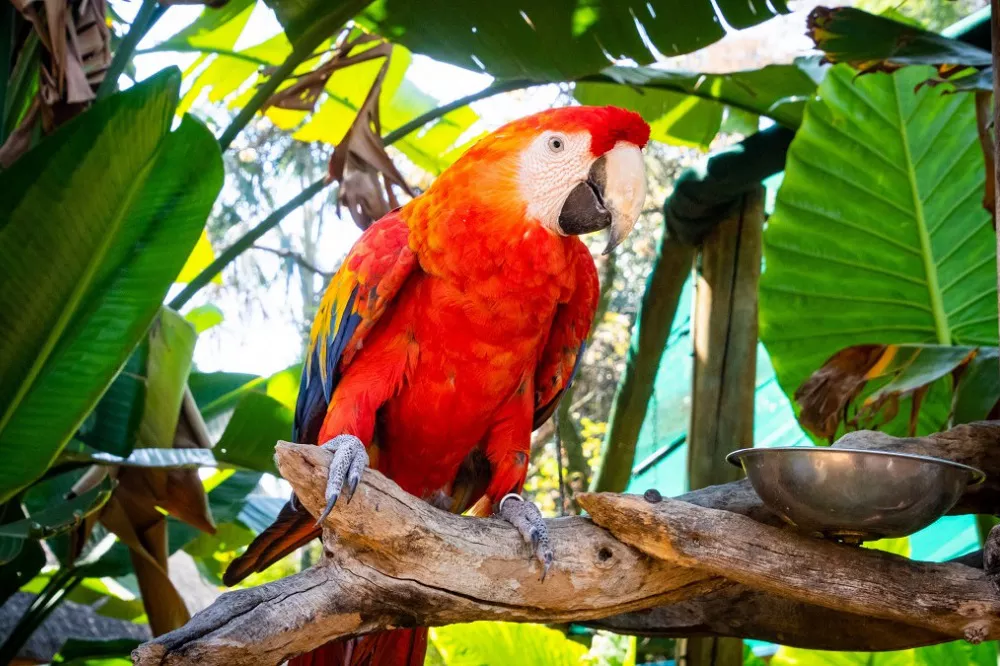Scarlet macaws are one of the most striking and recognizable bird species in the world. They are found in the tropical rainforests of Central and South America, and are known for their brilliant red, blue, and yellow feathers. In addition to their stunning appearance, scarlet macaws are also fascinating creatures in terms of their dietary habits. In this article, we will explore what scarlet macaws eat and how their diet contributes to their overall health and well-being.
Scarlet macaws are primarily frugivorous, meaning they eat mostly fruit. They have a specialized beak that allows them to crack open the tough shells of nuts and seeds, as well as a long, muscular tongue that helps them extract pulp and nectar from fruits and flowers. In the wild, scarlet macaws feed on a wide variety of fruits, including figs, mangos, papayas, and palm nuts.
In addition to fruit, scarlet macaws also consume a variety of other foods to supplement their diet. They are known to eat flowers, seeds, nuts, and even small insects and reptiles. The variety in their diet helps ensure that they receive all the necessary nutrients for their survival and reproductive success.
One interesting aspect of the scarlet macaw’s diet is their reliance on clay licks. A clay lick is a patch of exposed clay or soil that contains high levels of minerals such as sodium and calcium. Scarlet macaws gather at these licks to ingest the clay, which helps neutralize toxins in the fruit they eat and provides essential minerals that may be lacking in their diet. Scientists believe that this behavior has evolved as a way to counteract the negative effects of consuming toxic fruits.
Scarlet macaws also have a unique relationship with certain tree species, such as the trumpet tree. The trumpet tree produces a hollow fruit that scarlet macaws feed on exclusively during certain times of the year. In return, the macaws help pollinate the trumpet tree by carrying pollen on their feathers as they move between trees.
In captivity, scarlet macaws require a carefully balanced diet to maintain their health. A diet consisting solely of fruits, as is often fed to pet parrots, can lead to vitamin and mineral deficiencies. To ensure a healthy diet, captive scarlet macaws are typically fed a mix of fruits, vegetables, nuts, seeds, and specially formulated pellets.
In conclusion, scarlet macaws are primarily frugivorous, feeding on a wide variety of fruits, nuts, and seeds in the wild. They also consume other foods such as flowers, insects, and reptiles to supplement their diet. Clay licks and specific tree species play important roles in their dietary habits. In captivity, a balanced diet is necessary to ensure their health and well-being. Understanding the dietary needs of scarlet macaws is an important aspect of their conservation and management.


 Facebook
Facebook  Instagram
Instagram  Youtube
Youtube 